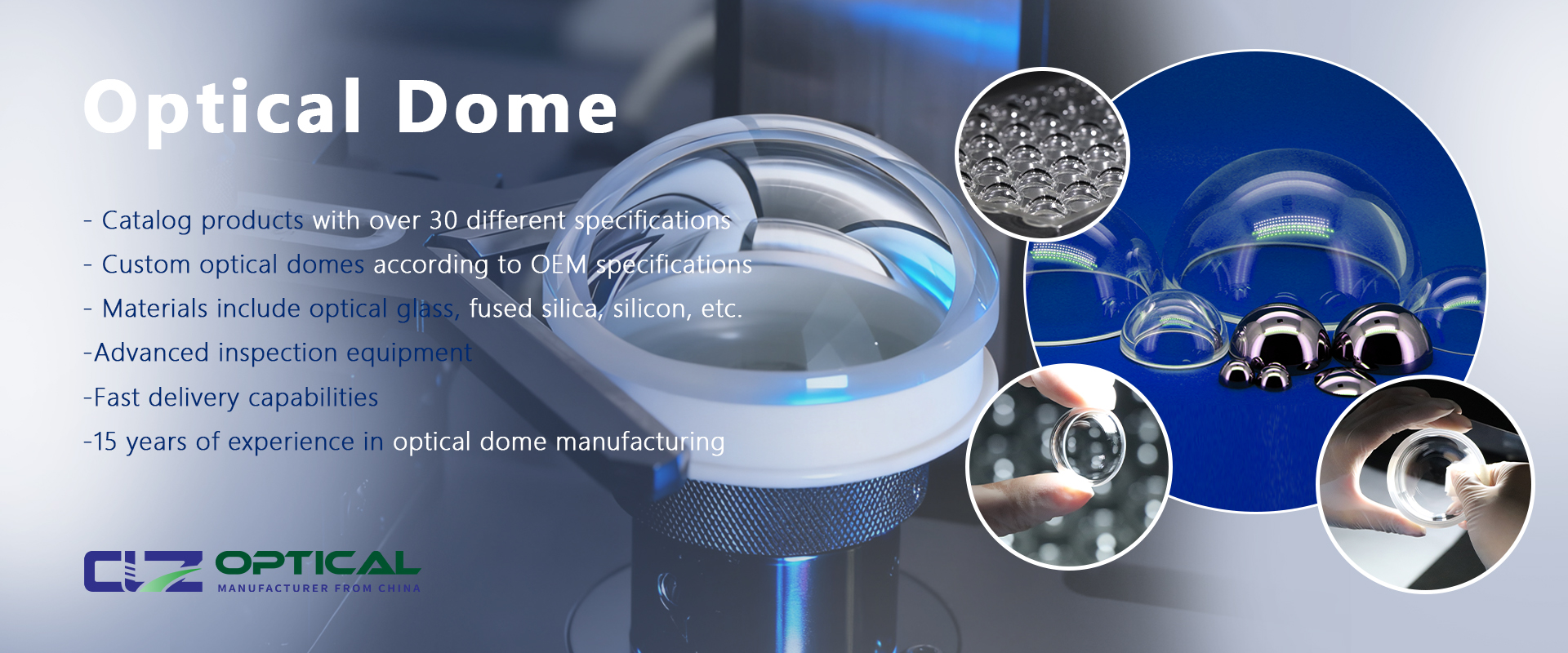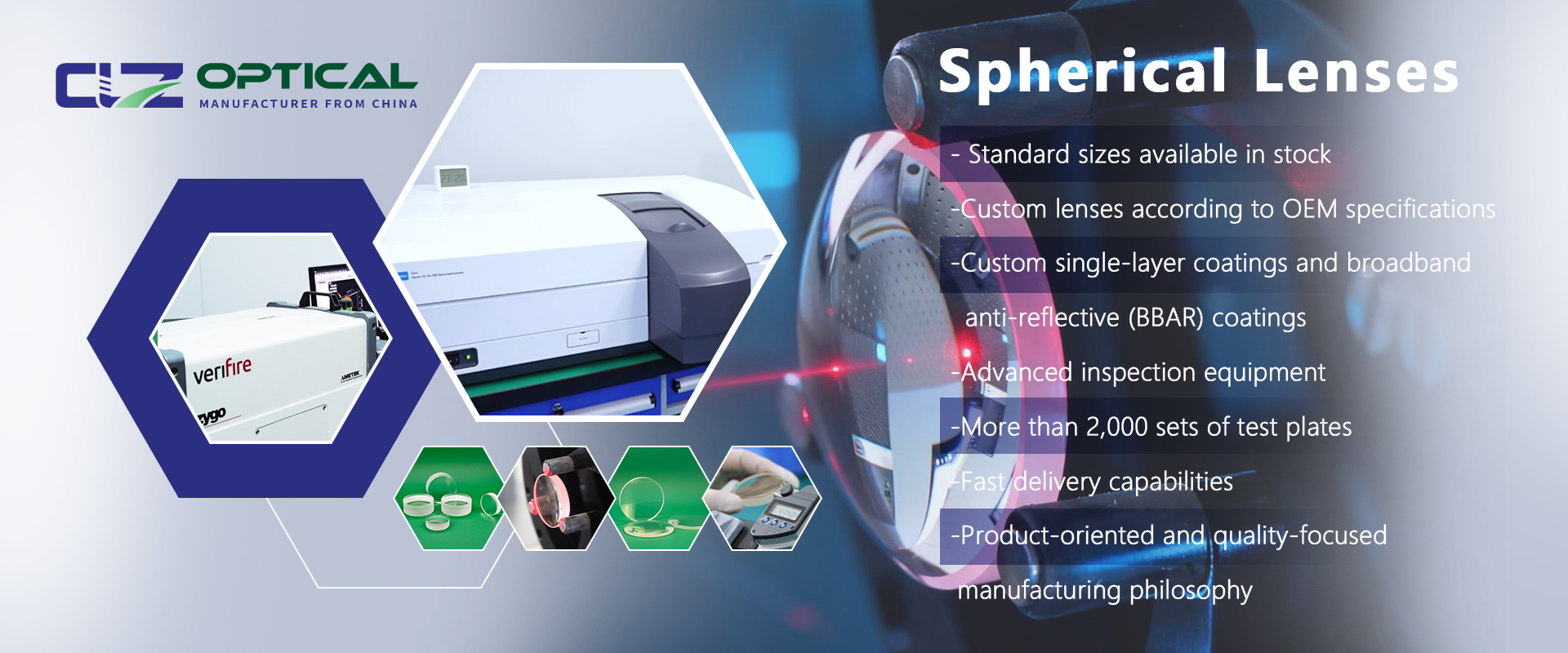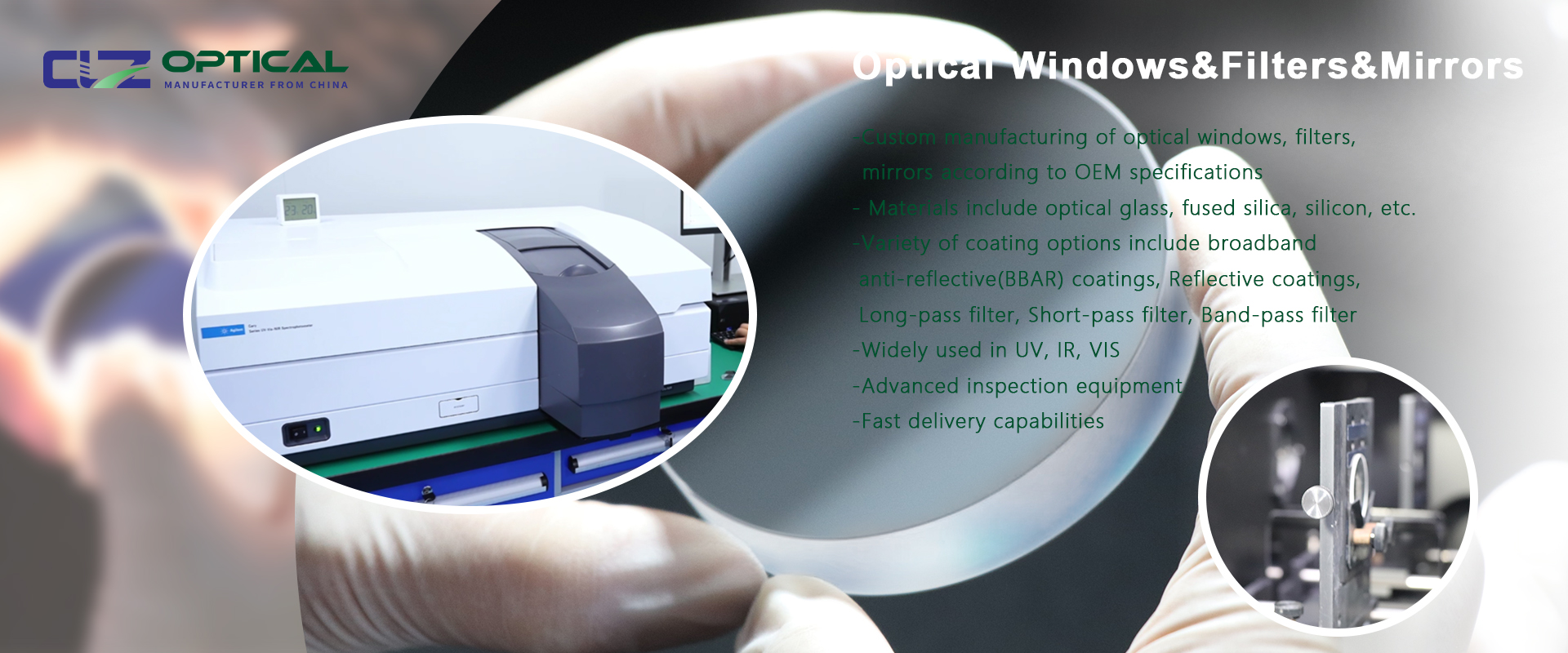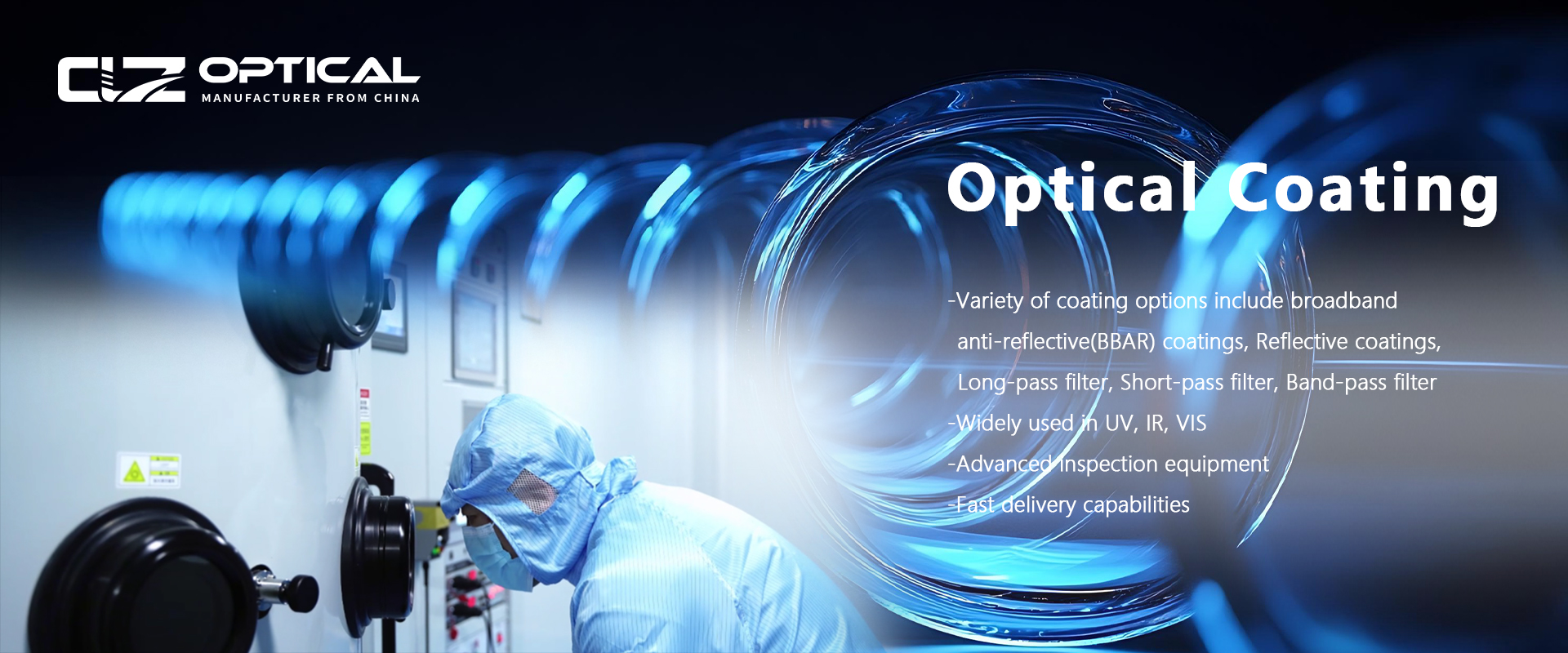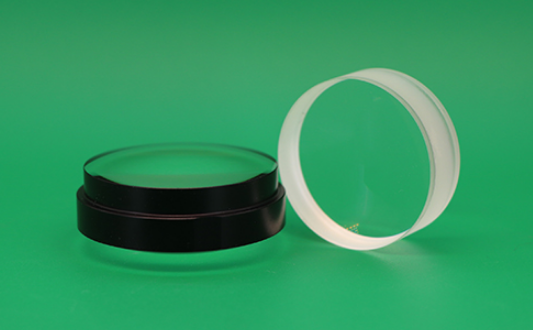Optical Windows with Anti-Reflection Coating: A Comprehensive Guide
Jan. 09, 2025
Optical windows are integral components in various optical systems, providing protection to sensitive components while ensuring minimal interference with the light transmission. The addition of anti-reflection (AR) coatings significantly enhances the performance of these windows, making them indispensable in high-precision applications. In this guide, we will explore the properties, applications, and benefits of optical windows with AR coatings.
What Are Optical Windows?
Optical windows are flat, transparent components designed to allow light to pass through with minimal distortion. They are typically made from materials such as quartz, sapphire, fused silica, or optical glass. The primary function of these windows is to shield optical sensors, detectors, and other components from environmental factors such as dust, moisture, and mechanical stress.
The Importance of Anti-Reflection Coating
Understanding Anti-Reflection Coatings
An anti-reflection coating is a thin, multi-layered film applied to the surface of optical windows to reduce reflection. These coatings work on the principle of destructive interference, minimizing the reflection of incident light while maximizing transmission. This feature is particularly crucial in applications where light loss or glare can significantly impact performance.
Key Benefits of AR Coatings
1. Enhanced Light Transmission: Anti-reflection coatings can improve light transmission up to 99.9%, depending on the material and wavelength range.
2. Reduced Glare and Reflection: These coatings prevent unwanted reflections, enhancing the clarity of optical systems.
3. Improved System Efficiency: By reducing light loss, AR coatings optimize the efficiency of optical devices.
4. Durability and Resistance: Many AR coatings are designed to withstand harsh environmental conditions, making them suitable for both indoor and outdoor applications.
Applications of AR-Coated Optical Windows
Medical Devices
In medical imaging and diagnostics, precision is critical. AR-coated optical windows are used in devices such as endoscopes, microscopes, and laser surgical systems to improve image clarity and reduce glare.
Laser Systems
High-power laser systems require optical components that can handle intense light without significant loss or distortion. AR-coated windows ensure efficient light transmission and durability under demanding conditions.
Aerospace and Defense
Optical windows with AR coatings are vital in aerospace and defense applications, where reliability and performance are paramount. They are used in sensors, targeting systems, and communication devices.
Industrial Automation
In industrial settings, AR-coated windows protect sensors and cameras from dust and debris while ensuring accurate data capture.
Consumer Electronics
AR coatings enhance the performance of optical windows in devices such as cameras, smartphones, and wearable technology by reducing reflections and improving display quality.
How AR Coatings Are Applied
The process of applying AR coatings involves advanced techniques such as vacuum deposition, ion beam sputtering, or chemical vapor deposition. These methods ensure the formation of uniform, multi-layered films that adhere firmly to the optical substrate. The choice of technique and coating design depends on the intended application, material properties, and wavelength requirements.
Factors to Consider When Choosing Optical Windows with AR Coatings
Material Selection
Different materials offer unique advantages. Consider factors such as thermal resistance, transmission range, and durability when selecting the substrate.
Wavelength Range
Ensure the AR coating is optimized for the specific wavelength range required for your application, whether it’s UV, visible, or infrared.
Environmental Conditions
For harsh environments, choose coatings designed to resist abrasion, moisture, and temperature extremes.
Cost and Longevity
Invest in high-quality AR coatings to reduce maintenance costs and extend the lifespan of your optical systems.
Why Choose AR-Coated Optical Windows?
Optical windows with anti-reflection coatings are indispensable in modern optical systems. Their ability to enhance light transmission, reduce reflections, and withstand challenging environments makes them a valuable investment in any application requiring precision and reliability.
If you are looking to improve the performance and efficiency of your optical systems, consider incorporating AR-coated optical windows. Their versatility, durability, and superior optical properties make them a critical component in a wide range of industries.












